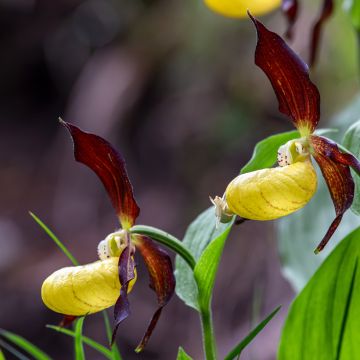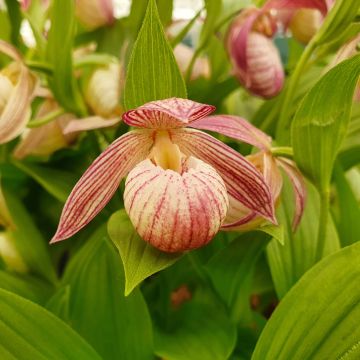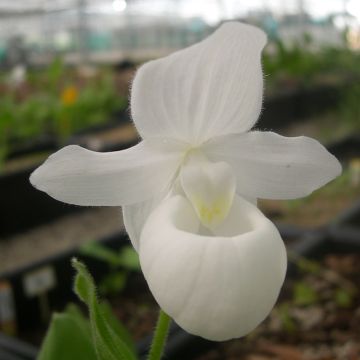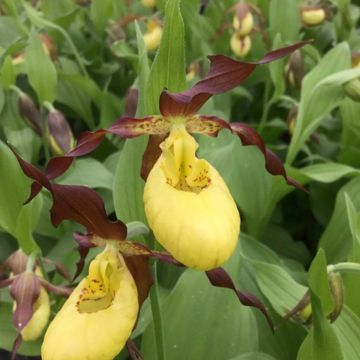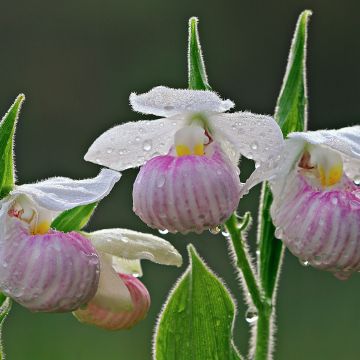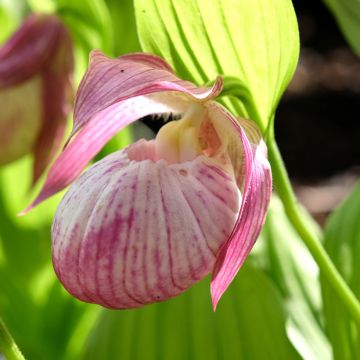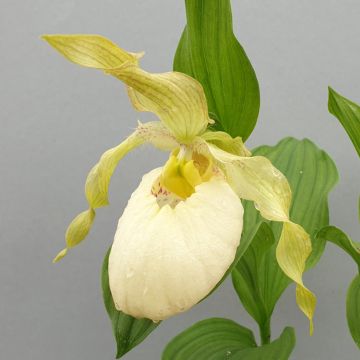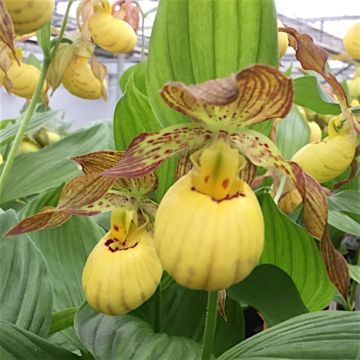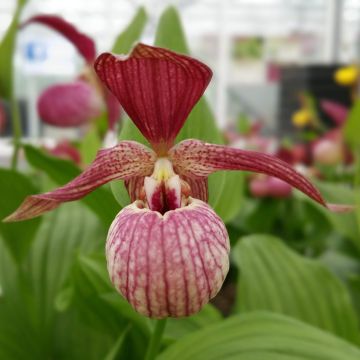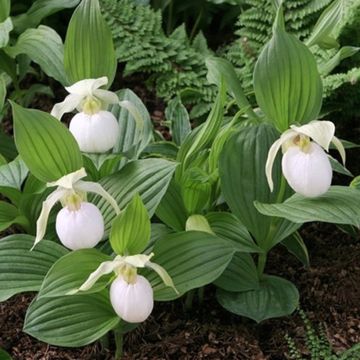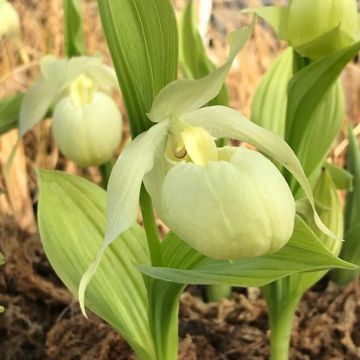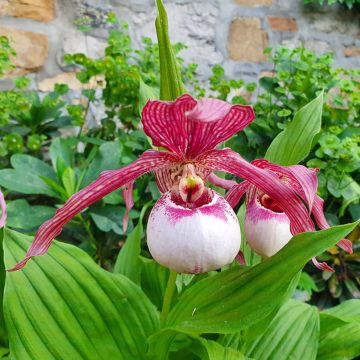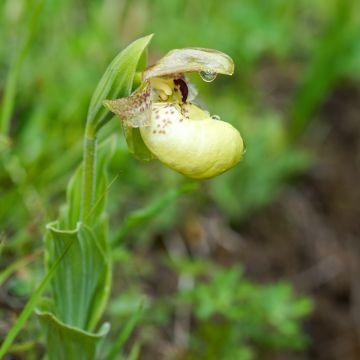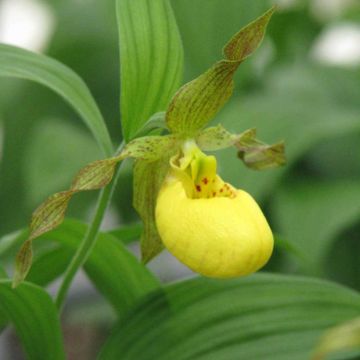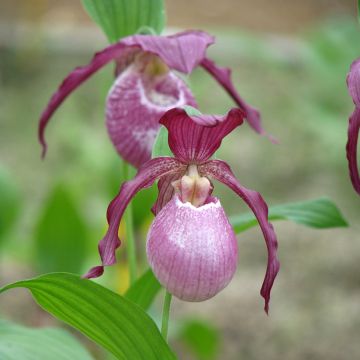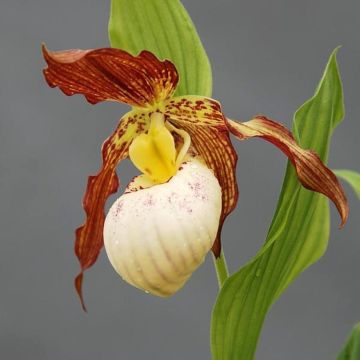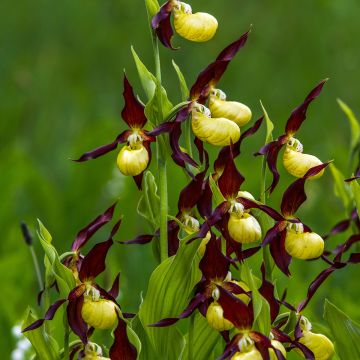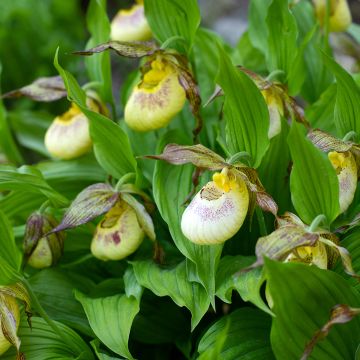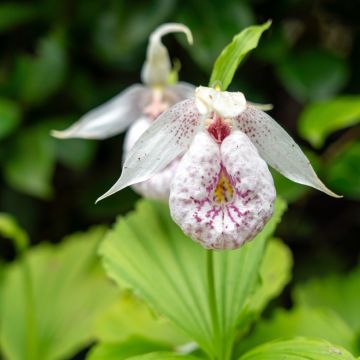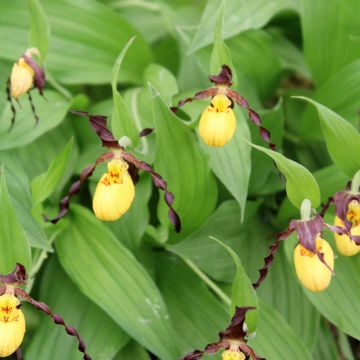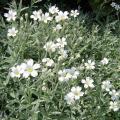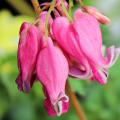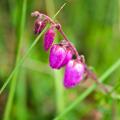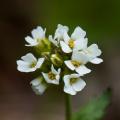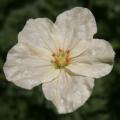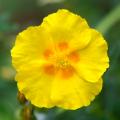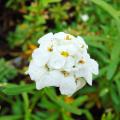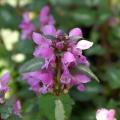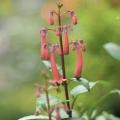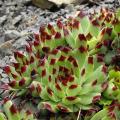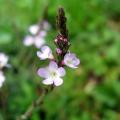Cypripedium
Does this plant fit my garden? Set up your Plantfit profile →
Available in 1 sizes
Available in 1 sizes
Available in 1 sizes
Available in 1 sizes
Available in 1 sizes
Available in 1 sizes
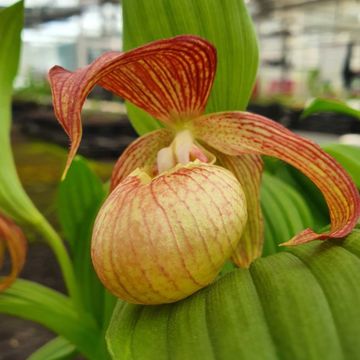
Available in 1 sizes
Available in 1 sizes
Available in 1 sizes
Available in 1 sizes
Available in 1 sizes
Available in 1 sizes
Available in 1 sizes
Available in 1 sizes
Available in 1 sizes
Available in 1 sizes
Available in 1 sizes
Available in 1 sizes
Available in 1 sizes
Available in 1 sizes
Available in 1 sizes
Available in 1 sizes
Available in 1 sizes
Available in 1 sizes
Available in 1 sizes
The Cypripedium, closely related to the Venus slippers, are perennial orchids among which some species are adapted to growing in open ground, like the Cypripedium reginae, which is the origin of many beautiful cultivars. In fact, not all Cypripedium plants are tropical, some originate from North America, temperate Asia, and even Europe, like our Cypripedium calceolus. Perennial through their underground rhizome, these Venus slippers are deciduous in winter (their above-ground vegetation disappears in winter) and they do not require any protection against the cold. The spring flowers of the Cypripedium open solitary or in pairs on a floral stem 30 cm (12in) to 1.50 m (5ft) in height. They are characterized by a large and wide hollow lip, in the shape of a slipper, with variable colour depending on the species and varieties. Their vegetation emerges from the ground in March-April, they bloom in May-June, their leaves dry up in August-September, and they prepare their new shoots underground during the months of October–December. They are generally montane plants of cool climates, appreciating soils rich in humus, light and well-drained, but not too dry in summer. Our advice: the lighter the leaves of your Cypripedium, the more it will appreciate some shade. Species and varieties with dark foliage prefer more sun.
Haven't found what you were looking for?







































